
OlafSpeier/iStock/Getty Images
Familiar to campers and hikers, freeze-dried vegetables are also a boon for busy families who find their fresh vegetables grow moldy because they don't have time to cook consistently. Just about any vegetable can be freeze-dried, including tomatoes, corn, peas, potatoes, mushrooms, onions, carrots, bell peppers and green beans. The process of freeze drying involves placing the vegetable pieces into a refrigerated vacuum and then dehydrating them without thawing. Rehydrate and cook a variety of dishes with freeze-dried veggies, or eat them right out the bag or can as a snack.
Add freeze-dried vegetables to boost flavor in homemade soups. Increase the amount of water or broth in your recipe to account for the amount the dry vegetables will soak up. For example, you can mix together 3/4 cup of dehydrated navy beans with 2 tablespoons of dehydrated, diced potato, 2 tablespoons of dehydrated onions and 1 tablespoon of dehydrated mixed peppers for a hearty soup. Put in a pot with 4 cups of water and cook for about 20 minutes; season with salt and pepper.
Add freeze-dried vegetables to sauces, including spaghetti sauce. Toss a tablespoon or two of the types of your choosing, such as bell peppers, carrots, onions and celery, in with a 28-ounce can of liquid crushed tomatoes and Italian spices to cook for about 20 minutes. When the vegetables are soft, serve over pasta, to six to eight people. Use the dehydrated vegetables in lieu of fresh ones in other sauces too; just rehydrate before adding to the recipe or leave extra time for cooking so they rehydrate in the sauce.
Rehydrate the vegetables by using 1 part vegetable to 2 parts water. Allow the mix to soak at room temperature for 30 to 120 minutes hours, or simmer for 10 to 15 minutes to speed up the process. Drain them and place on top of pizza, or saute the vegetables with butter and spices and use as a filling for omelets.
Stir dehydrated vegetables into casseroles before baking. Rehydrate them first so they don't dry out the dish by soaking up too much of the liquid. Add peas to macaroni and cheese, green beans to turkey tetrazzini or green peppers to a taco bake.
Related Articles
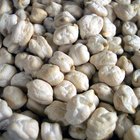
How to Freeze Garbanzo Beans
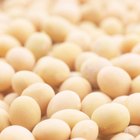
How to Cook Raw Chickpeas or Garbanzo ...

How to Cook Vegetables in the Microwave

How to Freeze Carrots & Turnips

How to Make a Boneless Chicken Casserole

How to Cook Winter Root Vegetables in a ...

How to Make Salted Mixed Nuts

How to Roast Radishes, Parsnips, ...

How to Refresh Dried Fruits: Raisins

Calories in Moo Shu Vegetable
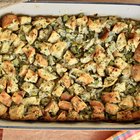
Mom’s Classic Make-Ahead Bread Stuffing

Difference Between Powdered Vegetables ...

How to Steam Vegetables in an Electric ...
Best Crock-Pot Pinto Beans Recipe
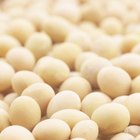
How to Rehydrate Chickpeas

How to Deep Fry Vegetables With Batters
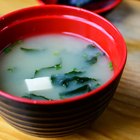
Macrobiotic Breakfast Foods

How to Soak Amaranth
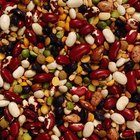
What Type of Beans Are Good for ...

Is the Slow Cooker a Healthy Way to ...
References
Tips
- When you plan on using freeze-dried vegetables in place of fresh produce in a recipe, rehydrate just as much as is needed. For most vegetables, 1/2 to 1/3 cup of freeze-dried vegetables is equal to a cup of fresh. Most vegetables will increase in volume by 2.5 to 3 percent, once added to a dish and rehydrated.
- Note that the time it takes to rehydrate dehydrated vegetables depends on the size that they were cut into. Smaller cuts take less time.
Writer Bio
Andrea Boldt has been in the fitness industry for more than 20 years. A personal trainer, run coach, group fitness instructor and master yoga teacher, she also holds certifications in holistic and fitness nutrition.
Photo Credits
OlafSpeier/iStock/Getty Images